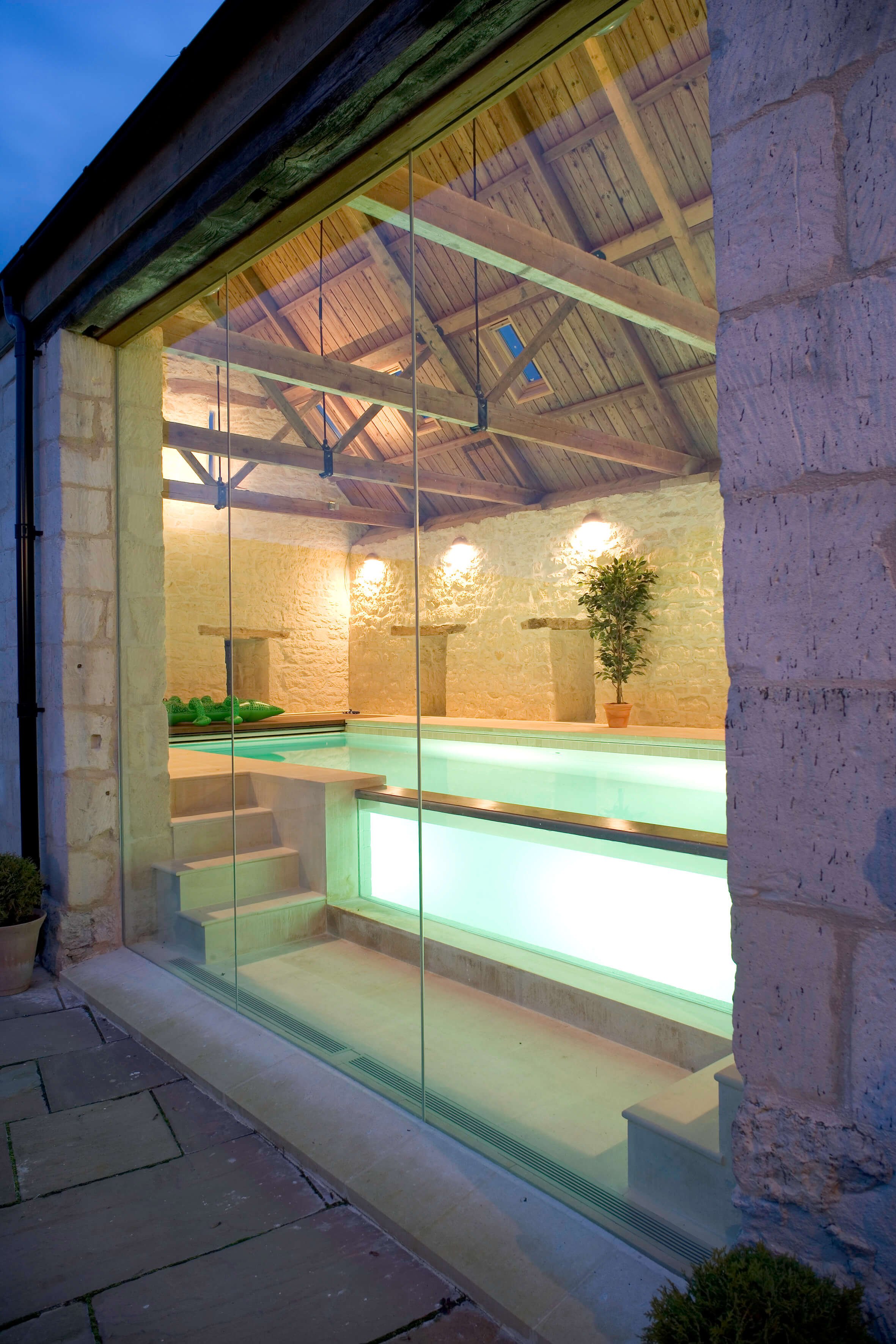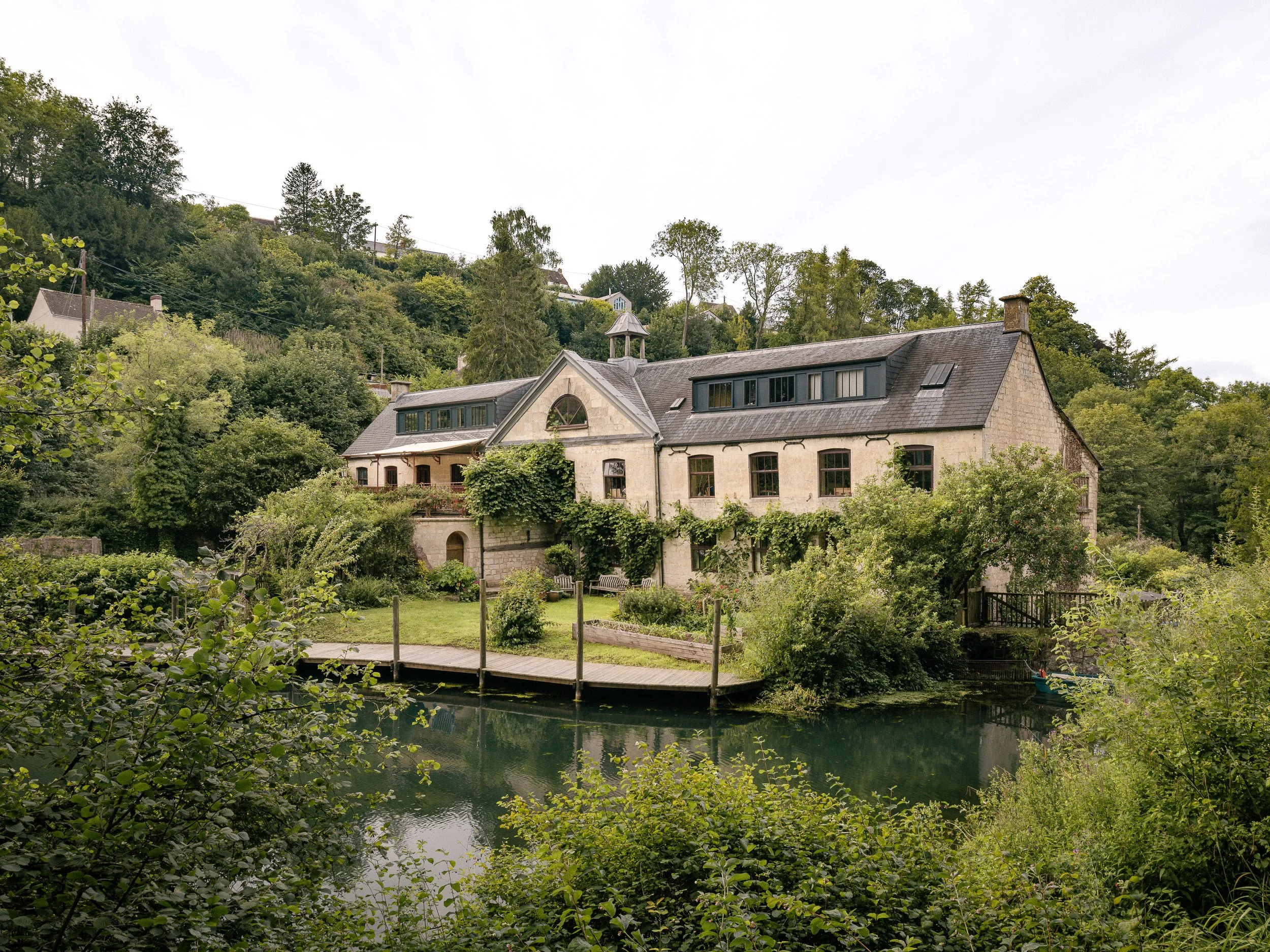Listed Buildings, Conservation and Heritage Projects
We love the challenge of working with sensitive existing buildings and have an enthusiastic yet thorough approach to find the best contemporary intervention to unlock potential. From listed housing to barn conversions, museum renovations, pub remodelling and other commercial conservation or heritage projects, we have the knowledge and expertise to bring your vision to life.
The very best examples of buildings of architectural, cultural or historic interest are listed. Buildings that are listed come in all manner of shapes and sizes and do not have to be old to be on the statutory protection list.
Developments affecting listed buildings must be treated sensitively and in addition to requiring planning permission, listed building consent will usually be required before even the smallest of alterations can be made. Our understanding of when Listed Building Consent is required (and when it is not) and our specialist knowledge of the planning system which governs such development can be invaluable if you are to achieve your development needs.
Our historic environment is protected under the planning system and changes to our historic environment must be undertaken in a sensitive way so that the character and appearance of our conservation areas are conserved and, where possible, enhanced.
Development proposals in conservation areas will be scrutinised and we make sure planning applications are formulated in a sensitive manner seeking to justify why the development is necessary and what impact the proposal would have on the quality of the historic environment.
Director of Austin Design Works, Matt, has a background in Conservation Architecture including a post-graduate qualification and plenty of project experience. This means he’s able to lead the multidisciplinary team on projects including works to Listed Buildings, combining research-led and creative approaches to design.
To support your application for Listed Building Consent, as well as producing the design drawings, we’re able to produce Conservation Management Plans, Heritage Impact Assessments and Heritage Statements.
Listed Buildings, Conservation & Heritage project FAQs
There are a few questions that often come up when we discuss listed buildings, conservation and heritage projects with our clients; we’ve answered a few below:
-
Listed building consent (LBC) is the permission required to make any changes to a listed building, which you obtain from your local Planning authority (LPA). There is usually no local planning authority fee for this, however it may well be worth paying a fee for some pre-application advice. This process ensures that any alterations do not negatively impact the building's historic or architectural significance.
-
If your house is listed, it means that it is a ‘designated heritage asset’ and therefore protected by law, and you will need special permission (listed building consent) to make any changes or alterations. Some minor repairs, maintenance and redecoration may be allowed without requiring permission, but it’s always better to check beforehand.
-
You can check the National Heritage List for England or contact your local council with specific details about your property.
-
Listed buildings are categorised into three grades: Grade I, Grade II*, and Grade II. These grades indicate their relative importance, with Grade I being the most significant. As well as listed buildings, there are also similar protections offered to Scheduled Monuments, UNESCO Heritage Sites, Registered Parks & Gardens, and Registered Battlefields – amongst other things.
-
Some buildings, which aren’t officially Listed, are still treated in a similar way by the local planning authority (LPA); these are referred to as non-designated heritage assets (NDHA), and some LPAs hold a register of these properties and will expect planning applications to follow the same processes as they would for a Listed Building – thus, ‘Locally Listed’
-
If your property is a listed building, located near one, or located within a conservation area you’ll find that involving a Heritage Consultant early in your project is very beneficial. A Heritage Consultant is, in short, someone who can provide the specialist support you need with your heritage building; this role is a discipline in and of itself, although in some cases might be provided by an Architect, Building Surveyor, or perhaps a Planning Consultant.
Here are some key points to consider:
Early Stages: It's highly recommended to obtain heritage advice at the early stages of your project, even before any design work is undertaken. Understanding the historical significance of the property, and the relative importance of its different parts, helps ensure that the design respects and enhances its heritage value and can lead to a smoother Listed Building Consent process.
Design Development: Heritage Consultants can assist in developing the design by providing insights into appropriate materials, construction techniques, and design elements that align with the building's historical context.
Planning Applications: If your site or building is close to a heritage asset or within a conservation area, you will need a Heritage Report or Heritage Impact Statement to accompany your planning application. This report supports the proposed development by assessing its impact on the heritage asset.
Listed Building Consent: For listed buildings, involving a Heritage Consultant can be essential to navigate the complexities of obtaining listed building consent. They can provide a detailed appraisal on the impact of your proposed alterations, set out to the LPA why these should be approved, and also advice you on how to mitigate any potential harm to the building's historic fabric while achieving your design goals.
Regulatory Compliance: They ensure that your project complies with local regulations and guidelines, which is critical for gaining approval from planning authorities.
By involving a Heritage Consultant early on, you can avoid potential delays and ensure that your project is both respectful of the property's heritage and compliant with all necessary regulations.






